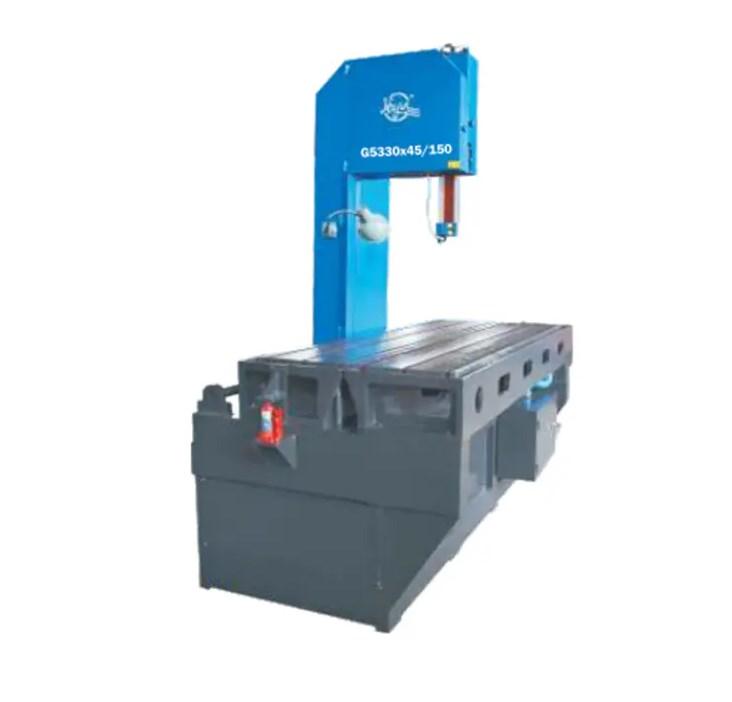When evaluating a Vertical Band Saw, two critical specifications often come under scrutiny: cutting height and cutting depth. These dimensions fundamentally determine the machine's capacity to handle various sizes and types of materials, directly influencing the range of projects the saw can accomplish. The cutting height of a Vertical Band Saw refers to the maximum vertical thickness of the workpiece that the saw can cut in a single pass. This is measured as the distance from the saw table to the upper blade guide, essentially defining how thick a material can be while still being processed effectively. For example, a Vertical Band Saw with a cutting height of 6 inches means that it can cut through materials up to 6 inches thick, which is particularly useful when working with dense or bulky stock such as thick metal plates or large wooden blocks.
Equally important is the cutting depth, which specifies the maximum horizontal dimension of the material that the saw can accommodate on its table for cutting. This is the distance from the blade to the farthest point on the saw’s frame or fence, dictating how wide or large a piece can be maneuvered during cutting. A greater cutting depth allows the operator to handle wider or larger diameter materials without compromising the cutting accuracy or safety. For instance, a Vertical Band Saw with a cutting depth of 12 inches can comfortably work on pieces that are 12 inches wide, providing flexibility for diverse applications ranging from metal fabrication to woodworking and plastic cutting.
The interplay between cutting height and cutting depth defines the overall cutting envelope of a Vertical Band Saw. These measurements are crucial not only for ensuring the machine fits the user’s specific material size requirements but also for optimizing workflow efficiency. Machines with limited cutting height might restrict users to thinner materials, limiting their ability to handle more substantial stock or complex projects. Conversely, insufficient cutting depth could constrain the size of the workpieces, particularly when dealing with irregular or large shapes.
Manufacturers of Vertical Band Saws offer a wide range of models to suit various industrial and workshop needs, with cutting heights typically ranging from a few inches for compact models to over a foot for industrial-grade machines. Cutting depth similarly varies, with smaller saws offering depths around 8 to 12 inches, while heavy-duty models can exceed 20 inches. These variations allow users to select a Vertical Band Saw that precisely matches their operational demands and space constraints.
It is also worth noting that while cutting height and depth are primary factors, they must be considered alongside other features such as blade length, blade speed, table size, and machine stability. A Vertical Band Saw with an adequate cutting height and depth but lacking in blade quality or rigidity might not achieve the desired cutting precision or durability. Similarly, the ease of adjusting the fence and blade guides contributes to making full use of the cutting envelope while maintaining safety standards.
In practical terms, understanding the cutting height and cutting depth capabilities of a Vertical Band Saw empowers users to make informed decisions when purchasing or upgrading equipment. It ensures that the saw can handle the thickness and width of materials encountered in their specific field of work, whether it be metalworking, woodworking, or plastics. Moreover, matching these specifications to actual project requirements helps prevent operational inefficiencies and reduces downtime caused by machine limitations.
Bilinear rails are adopted for feed guiding, high-accuracy guidance, low coefficient of friction, and long service life. Frequency control is adopted for workpiece feeding. Install an electric feeding platform for convenient feeding, according to customers' needs. Rationally designed worktable, easy to change a saw blade.
